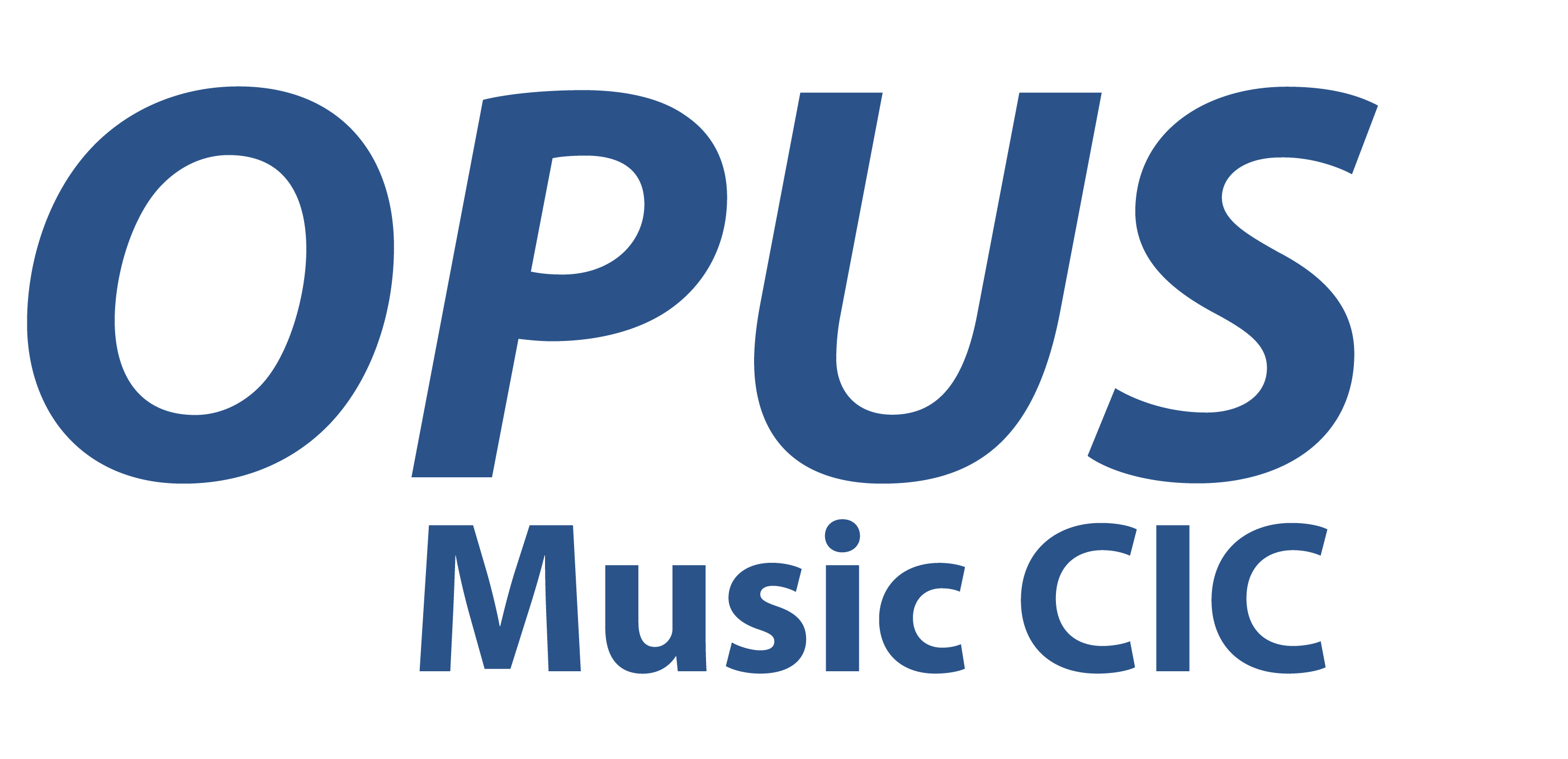Favourite song – 22/1/2013
I had a great experience at the very start of the day; we had entered the ward space already playing. As the ward was very quite I was playing at a very low volume, we had gathered round the bed of a young boy who was very much interested in the music and he knew Sarah and Richard well. I had also met this young boy two weeks before and he remembered my face. When we started playing the song I was the furthest away from the young boy. I think this made it difficult for him to hear what I was playing and so he requested for me to come and stand by his bedside. I experienced this invite as enthusiasm for the music and this enthusiasm became even more evident when we played the song Zamina. He was eager to have this song replayed; as there were other patients on the ward it was important to play other songs in between Zamina. Initially, Sarah, Richard and I sang Zamina at a well projected volume, eventually the young boy began to join in. However, by the fourth time of playing the song the young boy’s singing was a lot louder, I had lowered the volume of my singing voice and eventually the young boy was singing on his own. I found it moving to see him passionate about singing this song. He also wanted to invite the nursing staff and other people who were on the ward at the time to join in and sing along. However, some were too self conscious to join in and the nursing staffs were very busy. However this did not stop him enjoying the moment, building a musical relationship with myself and the other musicians, as well as increasing his confidence in his own vocal expression.





